TORONTO (Dec. 13) — While recalling, for this website, the life (and death) of Maple Leafs legend Borje Salming, I received near–unanimous cooperation from those who knew him best. Particularly, former teammates Darryl Sittler, Dave (Tiger) Williams, Ian Turnbull and Mike Palmateer. The lone missing person from this group was Lanny McDonald, who maintained a tight liaison with Sittler, Salming and Williams through the years. I sent Lanny an email at the Hockey Hall of Fame, asking for a few moments of his time, and received no reply. It’s possible he did not see my inquiry, yet McDonald has never been as friendly toward me as Sittler, Williams, Palmateer, Turnbull… and, the late, great Borje. So, I’ll assume Lanny got the email and chose to ignore it. Which, though disappointing, was entirely his prerogative. A bigger misfortune, quite frankly, is one that should not have been.
It involved Dave Keon, voted the greatest player in the first 100 years of the Maple Leafs.
Keon, now 82, will forever be mythicized for his leading role on all four Stanley Cup teams (1962–63–64–67) under general manager and coach Punch Imlach. Particularly, for lifting the Leafs into the 1964 Stanley Cup final, against Detroit, by scoring all three goals, at Montreal, in Game 7 of the semifinals; a 3–1 triumph by the visitors. Then, for winning the Conn Smythe Trophy as playoff MVP in 1967, the final year of the six–team National Hockey League, as the underdog Leafs upset Chicago and Montreal to win their fourth championship in six seasons.
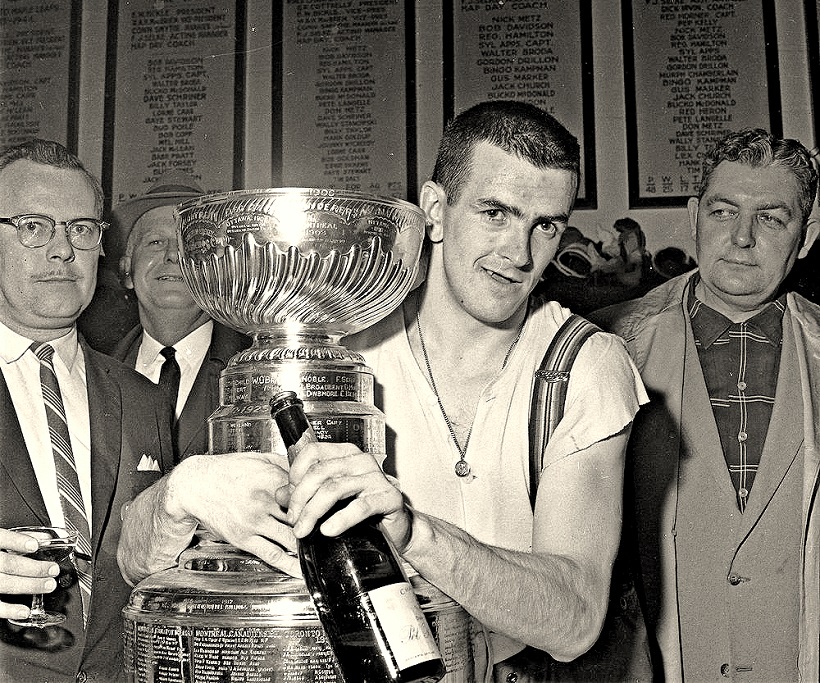
Unlike McDonald, Keon does not know me, personally or by name. He had long departed the Toronto hockey scene by the time I began to cover the Leafs for The FAN–590. From his final season with the team (1974–75) until current Leafs president Brendan Shanahan somehow coerced him from estrangement for the club’s 100th anniversary commemoration, the all–time best skater in blue and white wanted nothing to do with the franchise.
Precisely why was long a matter of conjecture.
Some felt Keon could neither dismiss, nor mothball, bitter feelings toward Harold Ballard, even long after Ballard died (in April 1990). Pal Hal, as he was acerbically known, owned the Maple Leafs beginning in 1972 and unceremoniously dumped Keon from the roster after the ’74–75 NHL season. Keon signed with the Minnesota Fighting Saints of the old World Hockey Association and spent four years in the rival league. During that time, the New York Islanders attempted, on several occasions, to acquire Keon’s rights from the Leafs only to be stonewalled by Ballard, who tried to plunder a first–round draft choice from GM Bill Torrey. Ultimately, the Islanders traded with Los Angeles (in March 1980) for center Robert (Butch) Goring, who became the missing, and final, piece of a four–year Stanley Cup dynasty. Keon returned to the NHL with the Hartford Whalers in 1979–80 and retired after the 1981–82 schedule. His rightful induction to the Hockey Hall of Fame occurred when first eligible, in 1986.
Others firmly contended that Keon would never return to the Leafs until the club changed its policy of “honoring” jersey numbers while keeping them in circulation. Rival teams, such as the Canadiens, retired the numbers of franchise legends and created banners that hung proudly from the girders of the old Montreal Forum (then, the Bell Centre). After Keon’s 15 years in a Toronto jersey, No. 14 was worn by Miroslav Frycer, Stan Weir, Ron Wilson, Wilf Paiement, Mike Kaszycki, Rene Robert, Craig Laughlin, Dave Reid, Rob Cimetta, Dave Tomlinson, Dave Andreychuk, Darby Hendrickson, Jonas Hoglund and Matt Stajan. After Maurice Richard played for Montreal, his famous No. 9 was worn by… nobody. Ditto for Doug Harvey, Jean Beliveau, Guy Lafleur and others.
So, Keon wasn’t coming back — it was said — to watch his jersey honored, then used again, on the same night.
The former captain’s alienation reached a pinnacle when he repelled numerous overtures to return, in February 1999, for the final game at Maple Leaf Gardens. Ex teammates, including the man that preceded him as captain, George Armstrong, literally begged Keon to reconsider for the historic event, in which all living alumni were invited for a post–game ceremony. Broadcaster Harry Neale (working with Bob Cole on Hockey Night In Canada’s prime crew), a lifelong, close friend, also pleaded with Keon. This occurred, remember, nearly nine years after Ballard’s death. But, the greatest of all Maple Leafs stubbornly refused… and the night, sadly, carried on without him.
The Keon saga faded for several years as the Maple Leafs, under Pat Quinn, set franchise records at the new Air Canada Centre. The 1999–2000 club became the first to record 100 points in a season. In November and December 2003, the Leafs went 16 games (14–0–2) without losing in regulation time. That year’s team established a new mark of 103 points. The 2004–05 NHL season was canceled over a labor dispute and the Leafs began, in 2005–06, a record seven–year playoff absence. Evidently out of nowhere came word that Keon would take part in a ceremony for the 40th anniversary of the 1967 Stanley Cup team… at the Air Canada Centre prior to a game against Edmonton on Feb. 17, 2007. This made big news across the city and there were predictions of a 10–minute standing ovation for the reclusive ex–captain. As it were, and appropriately, the beloved former goalie, Johnny Bower — who always made time for the hockey club and its fans — received a longer and warmer reception than Keon. Neither could Keon adequately explain why he had finally chosen to attend a team function.

FEB. 17, 2007 — AIR CANADA CENTRE: DAVE KEON (RIGHT), RETURNING TO THE MAPLE LEAFS FOR THE FIRST TIME SINCE HIS BITTER DEPARTURE FROM THE CLUB IN 1975, SHAKES HANDS WITH JOHNNY BOWER DURING 40th ANNIVERSARY COMMEMORATION OF THE 1967 STANLEY CUP TEAM. STANDING BETWEEN THEM IS FRANK MAHOVLICH.
Six years later (Feb. 16, 2013), for a 50th anniversary ceremony to honor the 1963 Stanley Cup team (often considered the best of the four champions under Imlach), Keon again returned to the Air Canada Centre, making it clear it was another one–off, not an embracement of his former team. Only when Shanahan assured players with “honored” jerseys that their numbers would finally be retired, did Keon end his four–decades–long separation. Though he monumentally confused just about everyone familiar with the story when queried about why he chose to return. “Because I was asked,” Keon oddly replied, raising eyebrows among the many former Stanley Cup teammates that had begged and cajoled him, to no avail, about attending the final game at Maple Leaf Gardens.
Keon allowed the Leafs, at last, to honor him with a banner–raising ceremony. He is also, incontestably, among the ten franchise icons with bronze statues along Legends Row outside the west plaza of Scotiabank Arena — joining Sittler, Bower, Salming, Armstrong, Syl Apps, Ted Kennedy, Turk Broda, Tim Horton and Mats Sundin.
All of this came to mind last week after I had made an overture to Keon about commenting on Salming, with whom he played here in Toronto. Keon’s final two years as a Leaf coincided with Salming’s first two NHL seasons. I figured the greatest player in franchise history might welcome the opportunity to talk about Salming and offer a perspective perhaps more unique than Sittler, Williams, Turnbull and Palmateer, who were peers of the great Swedish defender. Not having any contact info, I asked a long–time media friend for direction and was encouraged to approach Keon (via Facebook Messenger) at home in Florida through his companion, Jane.
“Hello Jane,” I wrote. “My name is Howard Berger. I was a reporter that covered the Maple Leafs for Canada’s first all–sports radio station, The FAN–590. Home and road games for 17 years (1994–2010). I have since had a popular website: BetweenThePosts.ca. I would love to chat briefly with Dave about Borje Salming. If he has a moment, it would be so appreciated were he to call me in Toronto at (my cell number). I thank you for your time.”
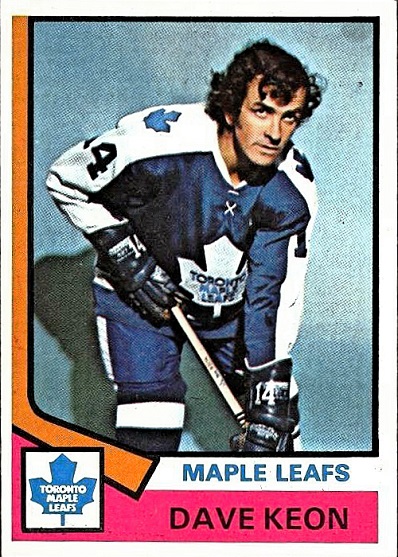
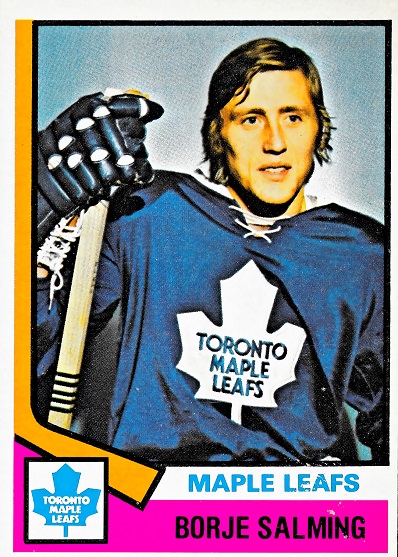
DAVE KEON’S FINAL TORONTO MAPLE LEAFS HOCKEY CARD — AND BORJE SALMING’S COVETED ROOKIE ITEM — WERE PART OF THE 1974–75 O–PEE–CHEE ISSUE HERE IN CANADA.
Not 2½ hours later, and rather delightfully (so I thought), arrived a return message from Jane: “A tragedy, but no thank you.” Which struck me as more of a mystery and letdown than a figurative punch to the gut. Not that Keon owed me anything, or was even slightly obliged. Still, I couldn’t help but shake my head over being rejected for such a simple and gracious request. Particularly as it involved talking about arguably the most–gifted player in Maple Leafs history; one who had drawn such a devastating straw — the horrid and incurable Amyotrophic Lateral Sclerosis (ALS or Lou Gehrig’s Disease). Perhaps I’m bellyaching and should never have expected Keon to comply. Yet, I’ll be honest: it hurt. Ol’ No. 14 was among my first sporting heroes. A position that Lanny McDonald later occupied. And, hockey players, in my experience, have always been willing to adulate and eulogize their own.
Hopefully someone more significant will persuade Dave Keon to pay tribute to Borje Salming.
EMAIL: HOWARDLBERGER@GMAIL.COM

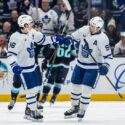
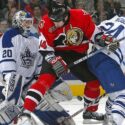
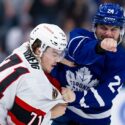
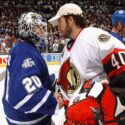

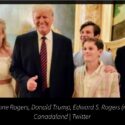
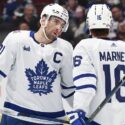
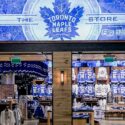
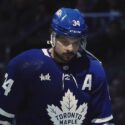
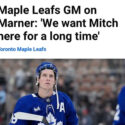


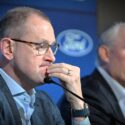
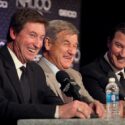
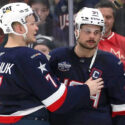

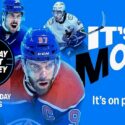
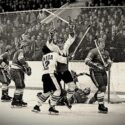
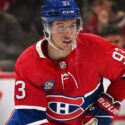
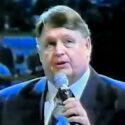
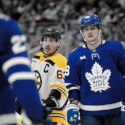
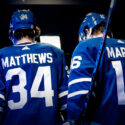
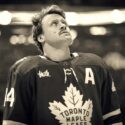
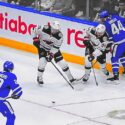
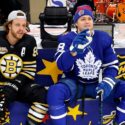
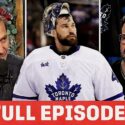



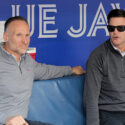
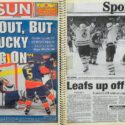

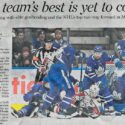

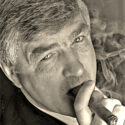
I have the greatest respect for Dave Keon as a Maple Leaf icon. His accomplishments for the Leafs were absolutely mammoth and he was a delight to watch on the ice. It just strikes me as so very sad that Mr. Keon will likely go to his grave as a bitter old man who could never forgive or forget.
I never quite understood the whole thing about retired vs honoured. What’s the difference. You are honouring the player not the number. It all just seemed like an excuse for a cantankerous old guy to hold a grudge.
There’s an enormous difference between honored and retired… as the Leafs finally acknowledged under Shanahan.
I guess it’s just me Howie. When i look up at the banners and see the banners with the player image and number thats what’s meaningful to me. It doesn’t bother me that someone else on the ice might be wearing 21. Perhaps the players view it differently.
Thank you Howard for that beautiful article on Davey Keon. I feel your frustration with his lack of communication as a retiree. But we always will have those beautiful memories of that splendid hometown hockey hero. To be honest, I lost my fascination with the Leafs after Rogers bought them and being bean counters, they lost you and Bob McCown. Please keep up this Leafs oasis.